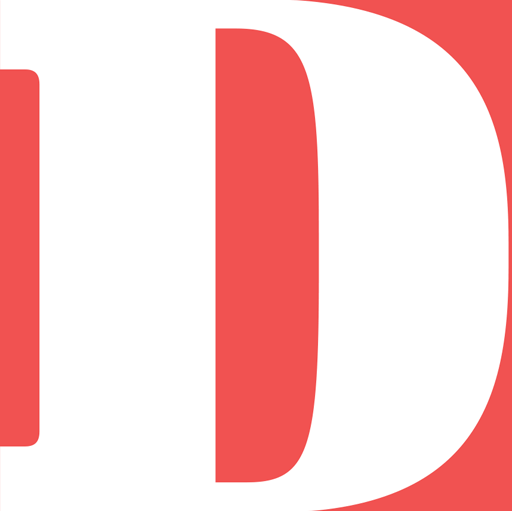
The RTO debate has a new point of contention, it seems. At CNBC’s recent Workforce Executive Council Summit, Ellevest CEO Sallie Krawcheck said that her team has been more successful overall and even better at hitting deadlines since moving to a fully distributed model. But that came at a price, she added: “We are less creative.”
That’s not an uncommon opinion among executives, especially those whose companies went remote for a long period of time during the early years of the COVID-19 pandemic. In a shareholder letter in 2020, JPMorgan Chase CEO Jamie Dimon wrote that remote work “virtually eliminates spontaneous learning and creativity because you don’t run into people at the coffee machine.” A somewhat narrow example, maybe, but the sentiment holds true.
It’s also not necessarily wrong. Automattic’s head of design, Pablo Honey, acknowledges that the social aspect of creativity is almost impossible to replicate in a distributed setting. “It is true that there’s some magic that happens in a shared physical space that is hard to replicate remotely, and even more so when you’re working asynchronously,” he says. “The proximity to someone while discussing a design or a creative endeavor, the more natural back and forth and bouncing of ideas between peers, the body language and nuance . . . I don’t know of a good replacement for all of those.”
Virtual watercoolers on Slack or other remote work software can help, but admittedly don’t have the same potency as face-to-face interactions. However, Honey also points out that the social aspect is just a single piece of the creativity puzzle—and a distributed workforce actively fosters many of the other pieces. “Creativity doesn’t only depend on social interaction,” he says. “Many of the creative minds and hands in history collaborated over distance. Remote work actually provides a different kind of magic: confidence and control over your environment, a better and more respectful work-life balance, and more inclusivity of many kinds. Happiness—both our own and that of the people around us—can also facilitate creativity.”
Besides, there are other ways to foster those connections. As we’ve mentioned before, in-person meetups are a crucial part of a healthy and productive distributed workforce—and they’re deeply ingrained in Automattic’s culture. Each year, Automatticians can expect 2-3 weeks of face time: a week with everyone in their division, and then another week or two with their specific teams. That may not seem like much time, but once you’ve experienced those meetups, it quickly becomes clear that it’s enough time together to form close bonds, tackle projects that depend on physical proximity, and re-establish the deep trust that enables creativity the rest of the year.
The perfect corporate philosophy simply doesn’t exist. Every approach has its tradeoffs. For a distributed workforce, serendipitous run-ins can indeed be harder to come by. But nurturing the many other ingredients of creativity, and prioritizing in-person connections at a regular cadence, makes those tradeoffs all but disappear.


